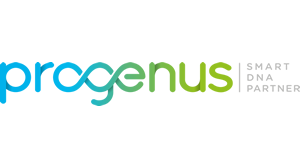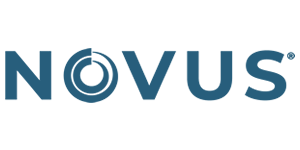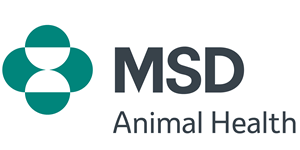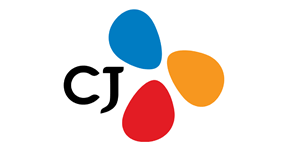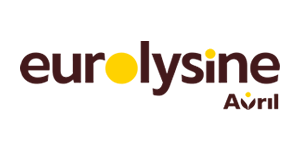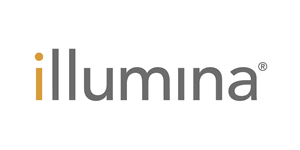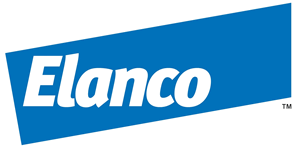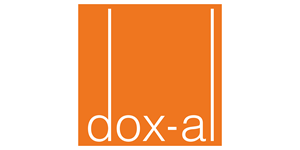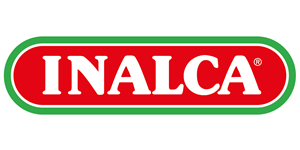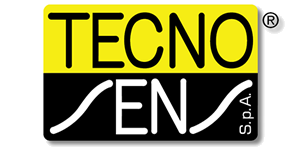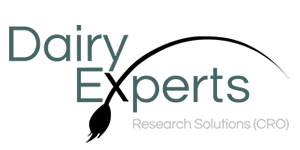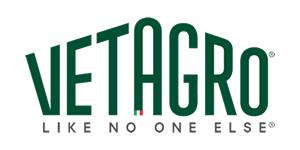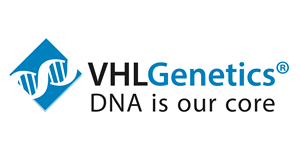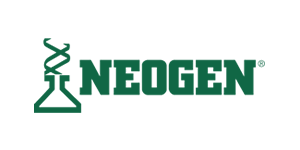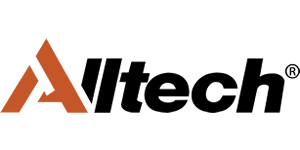|
RESGEN – CT96 N° 83 |
|
|
A permanent inventory of European farm animal genetic resources and of activities on characterization, conservation and utilization of these resources. |
|
|
ABSTRACT OF THE FINAL CONSOLIDATED REPORT |
|
| Type of contract : Concerted Action | |
| Total cost: 88 000 Ecus | EC Contribution: 88 000 Ecus |
| Commencement date : 1st February 1997 Duration: 19 months |
|
| Completion date : 31st August 1998 | |
| EC contract : DG VI/FII.3 fax : (+33.2) 296.30.29 | |
| Coordinator: Dr P. zu Solms-Lich, President of the European Association for Animal Production. Villa del Ragno, Via Nomentana 134, 00162 Rome, Italy tel : +39-06-86329141 fax : +39-06-86329263 e-mail : eaap@eaap.org |
|
Other information on the RESGEN programme (EC regulation 1467/94 on genetic resources in agriculture) can be obtained from the UE website, under “choose topic: genetic resources”.
ABSTRACT OF THE FINAL CONSOLIDATED REPORT
Objectives
The objective of this concerted action was to establish and regularly update a comprehensive and reliable inventory of farm animal genetic resources in Europe by building on and extending the EAAP Animal Genetic Data Bank (EAAP-AGDB) and linking it with the FAO Domestic Animal Diversity Information System (DAD-IS).
Description of work
The objectives of the project were met through mobility of the scientists involved, organization of meetings and use of centralized facilities, to complement and concert work already in progress in the Members States.
In the first co-ordination meeting (August 1997), an agreement was reached on a protocol for the regular update of the EAAP-AGDB, and the transfer of data to the FAO DAD-IS. The representatives of EU National Focal Points (NFP) for Animal Genetic Resources have agreed to collect data following a list of descriptors (the EAAP questionnaire) and to transfer them after validation, at yearly intervals, to the EAAP-AGDB.
This step implies that a clear agreement be reached between EAAP and the Veterinary University of Hanover (TiHo) in charge of running the EAAP-AGDB, as detailed in a memorandum of understanding between both parties (February 1998).
The next step was to establish the connection between the EAAP and the FAO databases. This was discussed in a meeting held at FAO headquarters (March 1998), which examined various collaborative processes involving EAAP and FAO in animal genetic resources management. The discussion on the technical details was initiated in a later meeting between the persons in charge of the databases in Rome and Hanover.
In the final coordination meeting (August 1998), the experience gained in the concerted action was reviewed among the EU National Coordinators. The wish to continue and enhance the coordination was also strongly expressed, hopefully in the framework of EC regulation 1467/94, given the emphasis on this type of activity in the 3rd call for proposals. A proposal was submitted to the Commission in July 1998.
Future developments in the inventory of European farm animal genetic resources were also discussed several times during this project. In July – August 1998 the 15 EU NFPs were visited by two members of the coordination team of the project, in order to learn more about the organizational structures, and the problems encountered in the various EU Member States.
Achievements
This concerted action has allowed to organize a series of meetings which would otherwise have been either impossible to organize or would have attracted a much lesser audience : 10 meetings have been organized between 25 April 1997 and 26 August 1998. Such meetings offered good opportunities for better coordinating the activities of the EU NFPs. In particular, the two coordination meetings held during the Annual Meetings of EAAP in 1997 (Vienna) and 1998 (Warsaw) may be considered as well in line with one of the conclusions of the Commission Report on Regulation 1467/94, issued on 30 June 1997, which is to “encourage the persons responsible for the maintenance of animal databases in the Member States to meet together from time to time ” (see conclusion B.2.11 of the Commission Report).
The EAAP-AGDB questionnaire for collecting information on livestock populations was revised, after comments received from NCs, and then validated by the EAAP WG-AGR. A comparison was also performed between the information stored in the EAAP and FAO databases, showing more detailed information generally asked in the former, but less species covered as compared to FAO.
A general update of the EAAP-AGDB was launched in April 1998. The difficulties experienced in several countries have been evaluated. The task of updating is actively pursued and is expected to be completed at the end of 1998.
Though a geographically and institutionally broad survey, EAAP has established a listing of active experts able to operate as “referees” in the various areas relating to AGR.
Care has also been taken to ensure the widest possible dissemination of the results of this action. Use has been made of the Internet, as well as of various channels of publication, such as scientific journals and the EAAP Newsletter. This European work has also been widely publicised in several international meetings. A set of publications is appended.
Future actions
It has become clear that the strong European network, that this concerted action has contributed to establish, is a basic element to which the EU may refer in pursuing its activities as outlined in the 1467/94 regulation on genetic resources. There is a need therefore to enhance this network of National Focal Points and to better coordinate their efforts, including inventory, through the establishment of a Regional Focal Point for managing European animal genetic resources. A proposal for organizing such a coordination was prepared by the partners in this concerted action and submitted to the Commission : see proposal n° 114.
The suggestion is also made that the inventory activities of the animal sector could highly benefit from a complementary support from the Commission through procedures indicated under the general heading of “accompanying measures and other activities”, as outlined in the work programme of the regulation 1467/94, in addition to the Concerted Action or Shared Cost project procedures. This request, made in our first year progress report, is again put to the Commission.
